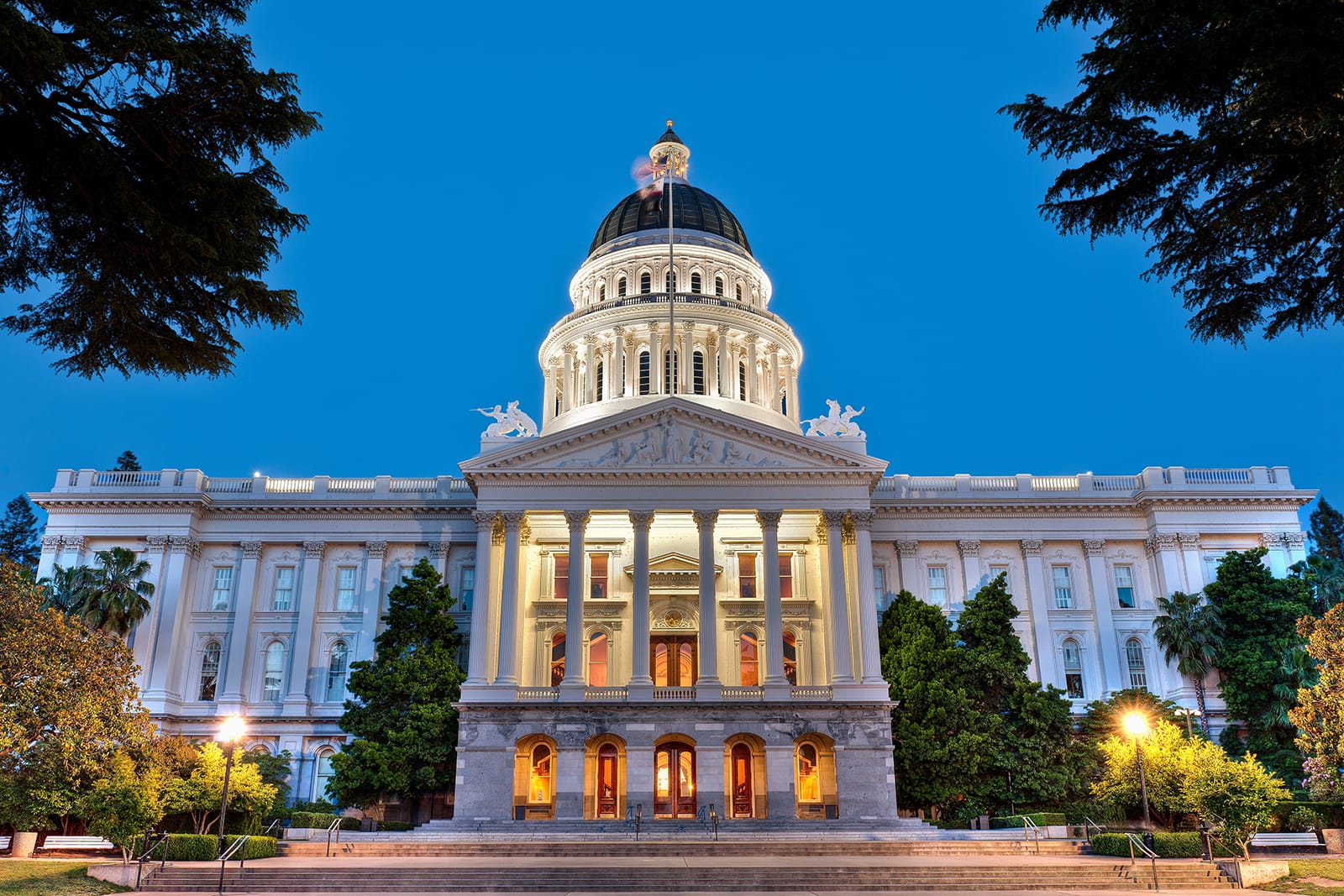Policy
Los Angeles Halts SB 9 Light-Density Housing in Fire Zones
Los Angeles’ emergency order blocks Senate Bill 9 lot-splits in fire-ravaged Pacific Palisades, restoring the single-family pattern that existed before the January inferno. The move underscores tensions between state housing law and local disaster realities.

California housing advocates had hoped that a state law passed four years ago would help bring modest density to fire-ravaged areas around Los Angeles.
That won’t be happening in the Pacific Palisades area, one of the hardest hit by Los Angeles-area catastrophic wildfires.
L.A. Mayor Karen Bass recently signed an emergency executive order that bars property owners in the fire zone from pursuing projects under Senate Bill 9, a 2021 state law that allows single-family lots to be split for development and effectively enables light density.
The move means rebuilding will essentially recreate and restore the neighborhood’s pre-fire, single-family layout.
The decision mirrors emergency action by Gov. Gavin Newsom, permitting local governments to limit the use of SB 9 in disaster-recovery zones when public safety could be compromised.
Bass said the restriction is necessary to protect residents returning to one of Los Angeles’ most fire-prone areas.
It could fundamentally alter the safety of the area by straining local infrastructure," the mayor said in a statement.
A City Still Reeling
The January fires — described by officials as the city’s most destructive natural disaster in modern history — destroyed more than 5,000 homes in the Palisades and surrounding areas. While cleanup and infrastructure restoration have progressed quickly, the hilly terrain and narrow roads that feed into the region’s canyon neighborhoods remain points of vulnerability.
City Councilmember Traci Park, whose district includes the Palisades, had urged the mayor to issue the order, warning that SB 9-fueled development could lead to an unforeseen explosion of density in a Very High Fire Hazard Severity Zone.
In a letter to Newsom, Park wrote that the law was never intended to capitalize on natural disaster areas.
It was intended for infill development, but building in the Pacific Palisades is not consistent with the spirit of urban infill development,” she wrote.
Residents largely supportive
Many locals have welcomed the pause on increased density, saying it reflects hard lessons learned during the chaotic mass evacuation earlier this year.
The community does not want higher density,” Larry Vein, who leads the wildfire recovery group Pali Strong, told the Los Angeles Times.
The order does not apply retroactively. Homeowners with approved SB 9 applications before the policy took effect can move forward. However, new applications in the burn zone will be suspended until further notice.
Housing advocates push back.
Not everyone agrees with the decision. Sonja Trauss, executive director of YIMBY Law, a pro-housing advocacy group, called the move shortsighted and said her organization is considering legal action against both the city and the state.
This order throws out any opportunities to increase climate and fire resiliency in these neighborhoods,” Pitts said in a statement. “The worst thing we can do is rebuild in the same way and face the same risk. Density reduces fire risk, suburbia increases it.”
Trauss told Reason that the group is considering a lawsuit.
Developers who were exploring SB 9 projects in the Palisades say the freeze cuts off opportunities to add badly needed housing in an area where property values have soared — even post-disaster — and rental inventory remains scarce.
Balancing safety and housing needs
The clash highlights an ongoing tension in California between the state’s urgent push for more housing and local governments’ need to account for geographic, environmental, and safety constraints.
Since the fires raised questions about rebuilding resiliency, urban planning experts have noted the importance of tailoring statewide housing law to local realities — particularly in the wake of climate-related disasters, which are expected to become more frequent and severe.
For now, the city is accelerating “like-for-like” reconstruction — replacing what was lost with similar structures — while prioritizing fire-safe building materials and infrastructure upgrades.
This is not a permanent rejection of density,” Bass said. “It’s a pause to get our community back on its feet and make sure we’re stronger than before.”
The sentiment resonates across much of the Palisades, where residents are more focused on returning home than on reshaping the neighborhood’s built environment. They want their homes back, not a building boom.
MORE IN Policy
Pulte Brings Homebuilder Know-How Inside Fannie Mae
Washington is tightening the link between federal housing finance and builder operations. Liquidity, land strategy, and affordability are now intertwined.
Grappling With State-Mandated Density, Sharp Local Pushback
Seattle is deep into a big push to reshape its housing landscape: Dismantling single-family zoning to comply with Washington’s 2023 law that legalizes middle housing. Richard Lawson examines how the One Seattle Plan could double capacity and create 120,000 new homes. But not without a fight.
Vacant To Vibrant: Baltimore’s $6B Housing Play To Revitalize
Baltimore launches a $1.2B redevelopment initiative—leveraging $5B private capital—to tackle vacant homes and rewrite zoning for “missing middle” housing.
